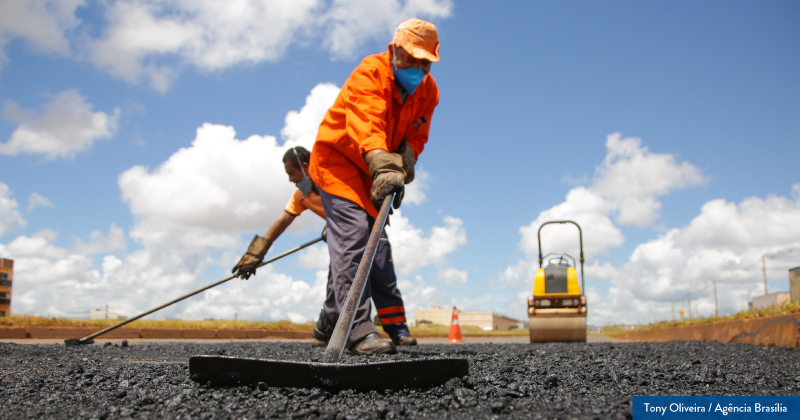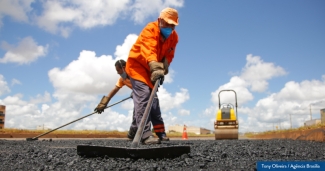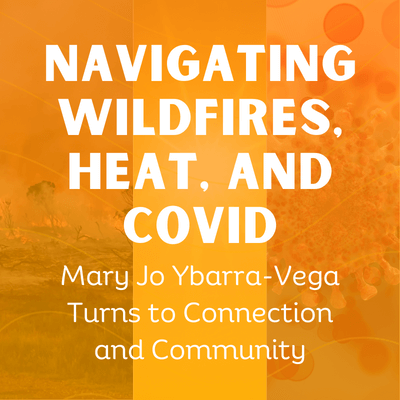Heat Stress: Where Health Inequity Meets Climate Change

In January, Colorado became the latest state to adopt heat stress regulations to protect farmworkers and other outdoor workers from the higher temperatures and more frequent heat events that are the fingerprint of climate change. Colorado joins California, Washington, Oregon, and Minnesota to require employers to provide rest, water, and shade, and in some cases training of employees on heat-related illnesses.
Yet, remember June 2021? That month shattered records to be the hottest month ever in the US and killed hundreds across the country. With climate models predicting more unpredictability and hot summers expected to be even hotter, all outdoor workers need protection, not just those in a few select states, says Amy K. Liebman, Migrant Clinicians Network’s Director of Environmental and Occupational Health.
“We no longer live in a stable climate – and that makes regulation even more important,” Liebman noted. “Areas that have rarely experienced major heat waves are starting to see them, and areas that historically have had heat waves are noticing them coming more frequently, staying for longer, and getting hotter. These are deadly conditions for outdoor workers who have no workplace protection to shield them from the effects of heat.”
She argued that federal regulations must come quickly, and should include culturally competent and low-literacy training for workers.
“While a few states have heat regulations for workers, it leaves the overwhelming majority of workers at the mercy of mother nature and their employers to do the right thing. Workers have control over neither,” she said. “Given that farmworkers are 20 times more likely to die from the heat than other workers, a federal regulation is needed.”

As a majority of the workers impacted by heat are Latinx, often with limited formal education, it is important for the regulations to include worker education that is facilitated in a culturally contextual manner and a language that workers understand.
In addition to regulations to protect farmworkers from the downstream effects of the climate crisis, urgent action at all levels of government is needed to limit the progression of the climate crisis.
“The climate crisis is the biggest health equity issue of our lifetimes,” stated Laszlo Madaras, MD, MPH, Chief Medical Officer for Migrant Clinicians Network. “As we have seen with our Health Network patients, the effects of the climate crisis – from short-term disasters like hurricanes and wildfires, to long-term concerns like drought and sea level rise – hit hardest on those who already in precarious personal and socioeconomic situations.”
Gang violence, generational poverty, and political instability already plague Central America, where many US asylum seekers originate, and a climate-fueled disaster – or a string of them, as in the case of Hurricane Eta and Iota happening just two weeks apart in 2020 – trigger many people to finally migrate.
“Migration and climate are obviously intertwined. But this also brings us back to heat stress,” Dr. Madaras said. “Many people move to the US at least partly as a result of climate change, but many of these asylum seekers, because of their backgrounds and immigration status, are the ones who take high-risk jobs like farmwork and construction, or indoor work like vegetable packing in warehouses that lack air conditioning. These low-wage positions often have little or no training on heat stress in their languages, and are not protected by federal regulations to mandate breaks or even access to shade and water.”
Climate action can reduce these significant work-related health risks that office workers and others in air-conditioned workplaces can avoid. Indeed, a strong international response to stop further climate change is a critical component to advance health equity.
Got some good news to share? Contact us on our social media pages above.
Return to the main blog page or sign up for blog updates here.
- Log in to post comments






